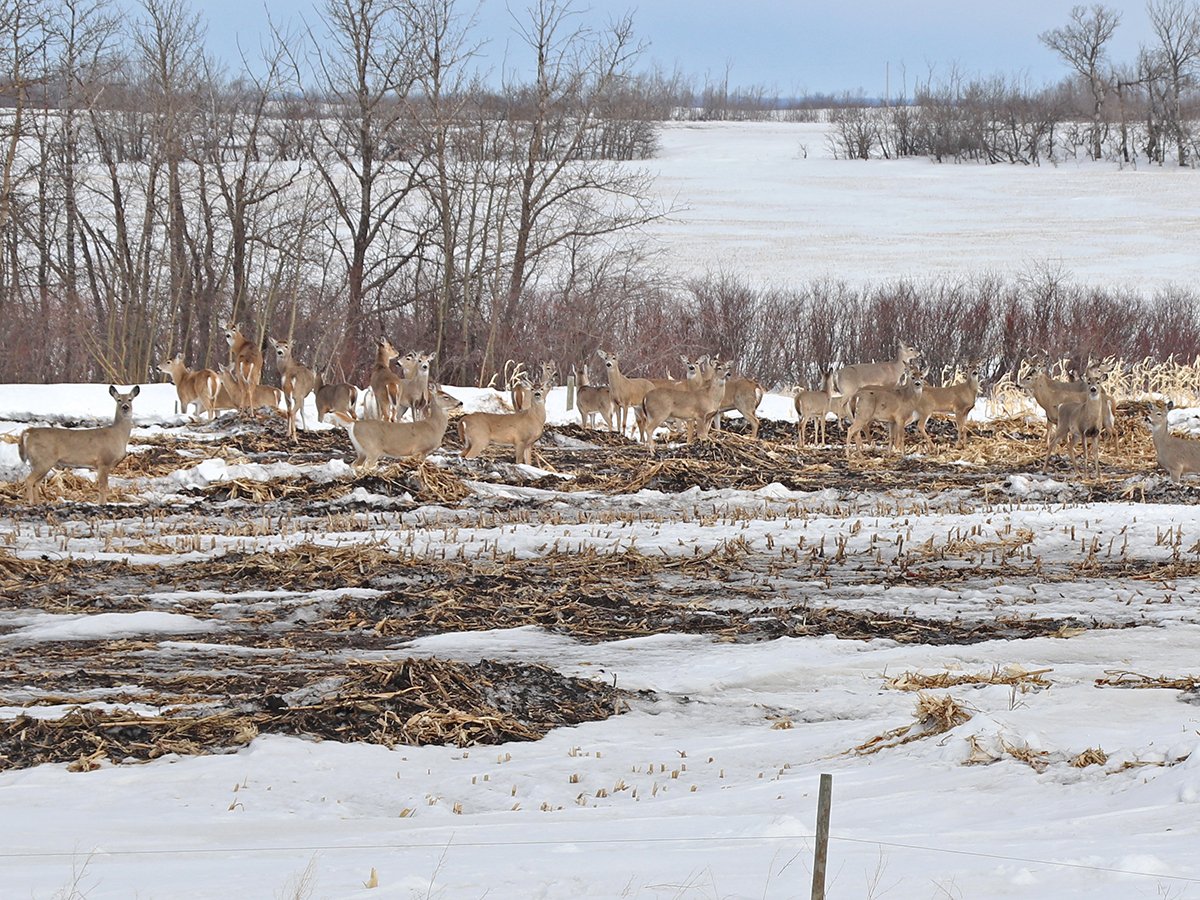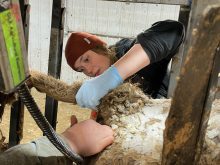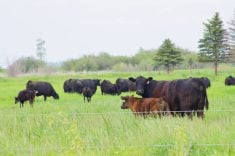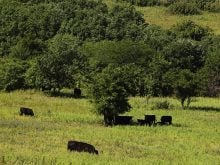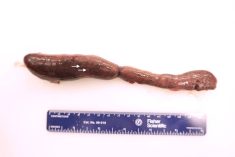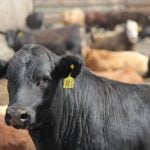A deer can travel more than 100 kilometres, including those infected with a virus.
This is the crux of the issue when it comes to understanding the role of wildlife if foot-and-mouth disease was introduced to Canada.
FMD is among the most economically significant agricultural diseases.
Read Also

Environmental farm group has Ottawa’s attention
In 2021, Farmers for Climate Solutions published a report on how Canada should reduce emissions from agriculture. Not long after, the federal government implemented most of the recommendations in the report.
Thankfully, Canada’s last outbreak was in the 1950s in Saskatchewan, and the disease did not establish itself in livestock or wild animals.
Our country’s classification as FMD-free by the World Organization for Animal Health has significant and important implications for accessing foreign markets. However, the risk of introduction remains real.
Many countries have endemic disease, meaning it is common and circulates in animals, causing disease. These include Africa, Asia, the Middle East and parts of South America. Travellers from any of these areas could be a source of virus for places such as Canada, where it is not found.
The virus easily spreads between animals through a variety of means, including contact with secretions and through the air.
Painful sores develop on the hoofs, within the mouth and teats. These sores can develop secondary bacterial infections.
They are also production-limiting, with infected animals eating less, growing slower and producing less milk. It is a disease I’ve never seen and hope to never diagnose.
While the consequences of introduction to domestic animals would be severe, there are also important implications for wildlife populations to consider.
Containing the disease to one or a few infected farms would be a challenge but is achievable. This is especially true if the disease is recognized and diagnosed early before substantial spread can occur.
What would make eradication difficult is if the virus spreads into free-ranging species.
The FMD disease virus is known to infect more than 70 mammalian species, with most significant disease in cloven-hooved animals such as deer, pigs and bovine species.
In Canada, we have 10 wild animal species that are known or suspected to be susceptible to this disease: deer, elk, moose, pronghorn (antelope), caribou, bison and several species of wild goats and sheep.
Elsewhere in the world, bears in captivity have also acquired infection, making it highly likely that our native black and grizzly bear populations are potentially susceptible.
However, perhaps the biggest free-ranging animal of concern is the introduced European boar (sometimes referred to as wild pigs).
If the virus were to be introduced to Canada, free-ranging pigs have the potential to become important transmission vectors.
They are known as virus amplifiers, creating very high loads of virus during infection compared to species such as cattle.
They develop severe lesions, shed high amounts of virus, travel long distances and can potentially spread the disease between farms.
Efforts to control these animals have proven expensive, difficult and ineffective.
Also critical is their widespread range across important areas of livestock production in Alberta, Saskatchewan and Manitoba.
These animals are notoriously difficult to control, and this feature wouldn’t change in the face of a disease outbreak.
FMD in any wildlife species would be problematic for disease eradication, and how the disease will behave in Canadian wildlife is difficult to predict.
It is also challenging to know wild animal population size and distribution and their overlap with domestic species.
Efforts to control the disease in wildlife in other parts of the world have included limiting the interactions between wildlife and livestock through fencing and culling.
Vaccination for this disease poses a number of challenges, and even if deemed acceptable from a regulatory perspective (highly unlikely), there are very few examples of successful deployment of vaccines in free-ranging wild animals.
Canada needs to make every effort to keep this disease out. This means avoiding the illegal and dangerous importation of animal products from other countries and never feeding meat products to pigs. It also means enforcing farm biosecurity practices, such as restricting visitors and asking questions about recent travel. Have they changed their footwear before entering your farm?
While the BSE and tuberculosis challenges of the past two decades were significant events, these would pale in comparison to an unchecked FMD outbreak, particularly in wildlife or free-ranging pig populations.
Dr. Jamie Rothenburger, DVM, MVetSc, PhD, DACVP, is a veterinarian who practices pathology and is an assistant professor at the University of Calgary’s Faculty of Veterinary Medicine. X: @JRothenburger

